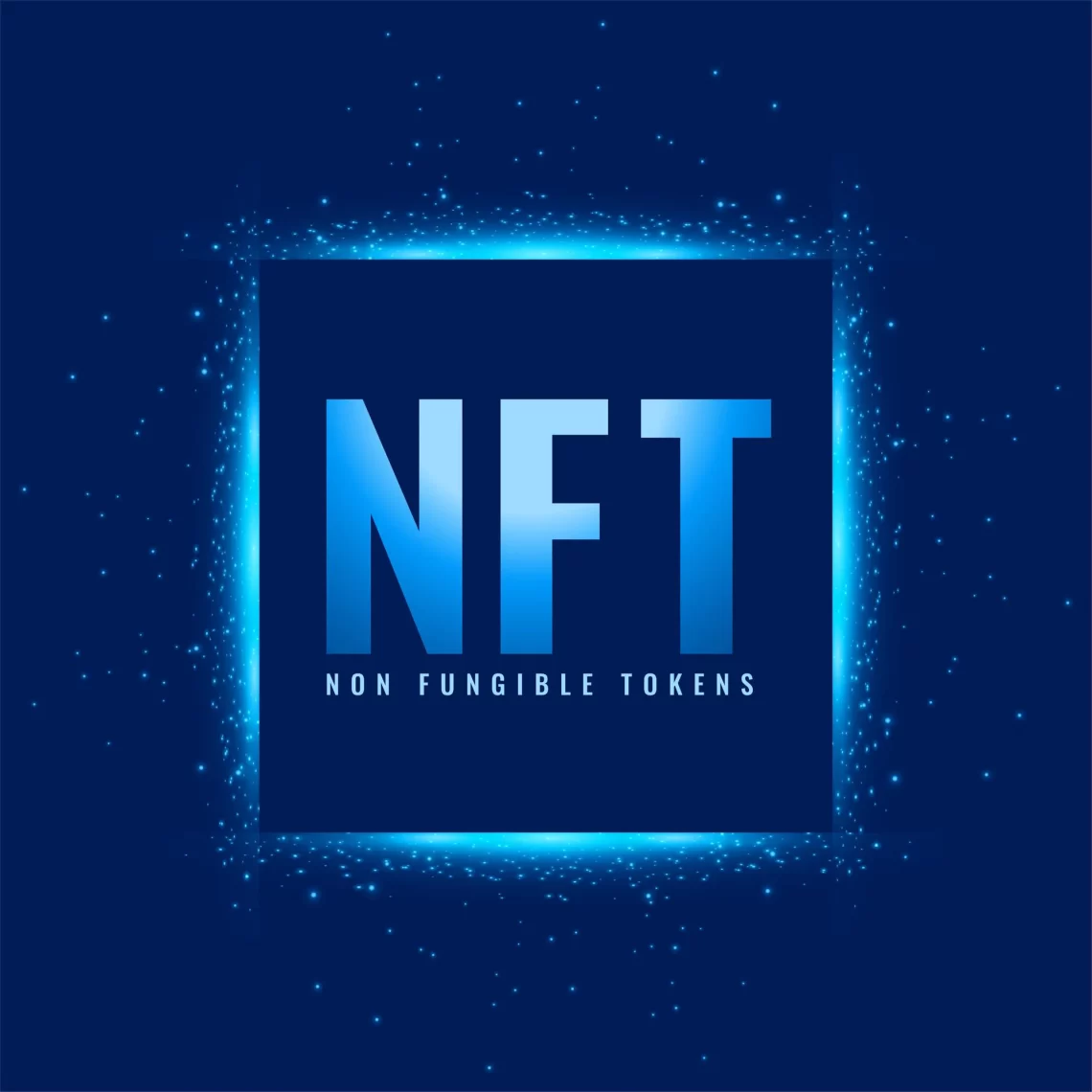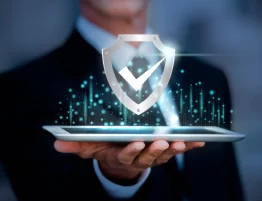
It is difficult to predict the future with certainty, but non-fungible tokens (NFTs) have seen significant growth in recent years and have the potential to have a significant impact on various industries such as art, collectibles, gaming, and more. However, like any new technology, the future of NFTs will depend on their widespread adoption and how they are used by people and businesses.
Additionally, further development and advancements in technology and standards may also impact the future growth and success of NFTs in the future.
What are NFTs?
NFTs are digital assets that represent real-world objects and can neither be replaced nor interchanged because of their unique properties. A lot of the current hype surrounding NFTs is the use of technology to sell digital art.
NFTs are purchased and sold online with cryptocurrency and run on blockchain, a decentralized digital ledger that documents transactions, ownership and validity so each can be tracked.
How do NFTs work?
NFTs can only be owned by one person at any given time, and their use of blockchain technology makes it easy to verify ownership and transfer tokens between owners. When someone buys a non-fungible token, they gain ownership of the content, but this does not prevent the NFT from being seen all over the Internet. In essence there are many copies of the same artwork but there is only one original.
This fact alone makes NFTs very appealing to artists who previously may not have had any method of selling their artworks, and now have the opportunity of digitalising their artwork as a means of wider circulation. Once an NFT gains popularity it can be shared so many times online and this can help in developing the value of these artworks.
Challenges with NFTs
As NFTs continue to develop at a faster pace than the law, there are several challenges that will emerge. As mentioned above, NFTs are unique and there can only be one owner of an NFT at a time. However, the fact that a person (collector) owns an NFT does not mean that the collector owns anything else in the NFT apart from the NFT itself. So, the fact that a person purchases an NFT from a collector does not in itself mean that the purchaser also owns the intellectual property rights contained in the NFT. The ownership of the intellectual property rights in the NFT will only be transferred from the owner of the rights to the buyer if this is explicitly set out in the smart contract encoded into the NFT.
NFTs are run by smart contracts which govern the various actions such as:
- Verifying the ownership
- Handling the transferability
If the intellectual property rights are not included in the smart contract, the buyer only purchases the NFT without the intellectual property rights and the creator of the NFT would own the intellectual property rights. As such the owner of the NFT would not be able to use the NFT without the permission of the owner of the intellectual property rights. Every buyer of an NFT would then have to be very prudent in assessing what exactly that buyer is purchasing.
Another challenge that may arise from the rise in NFTs is money laundering. NFTs are purchased with crypto currency which does not have a central issuing or regulating authority, but rather uses a decentralized system to record transactions and issue new units.
This means that cybercriminals can now use NFTs as a means of money laundering and this may prove difficult to trace or track.
In conclusion, NFTs have provided a great avenue for artists and other creatives to sell their artworks and pieces digitally and the amount of money generated by NFT markets may be an indicator that NFTs may be here to stay for the foreseeable future. As such, it is imperative that the law would also have to develop at a quicker pace to deal with the likely legal issues this growth may present.








